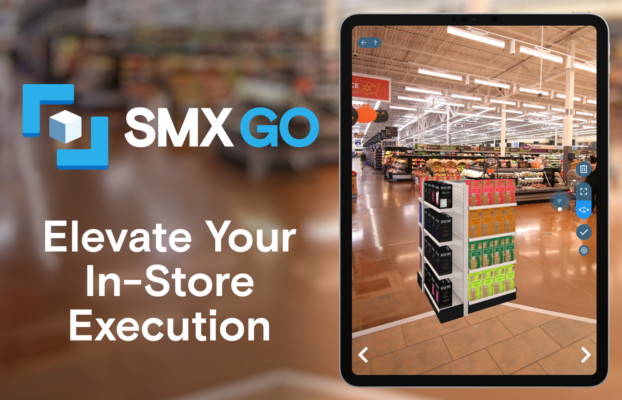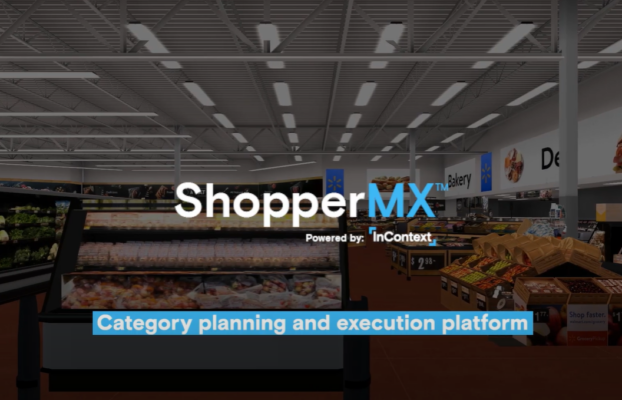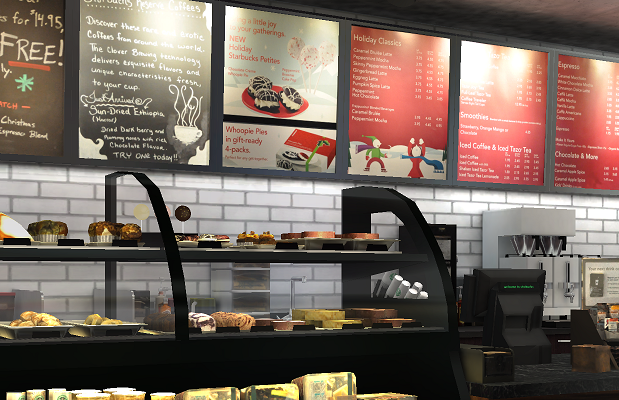
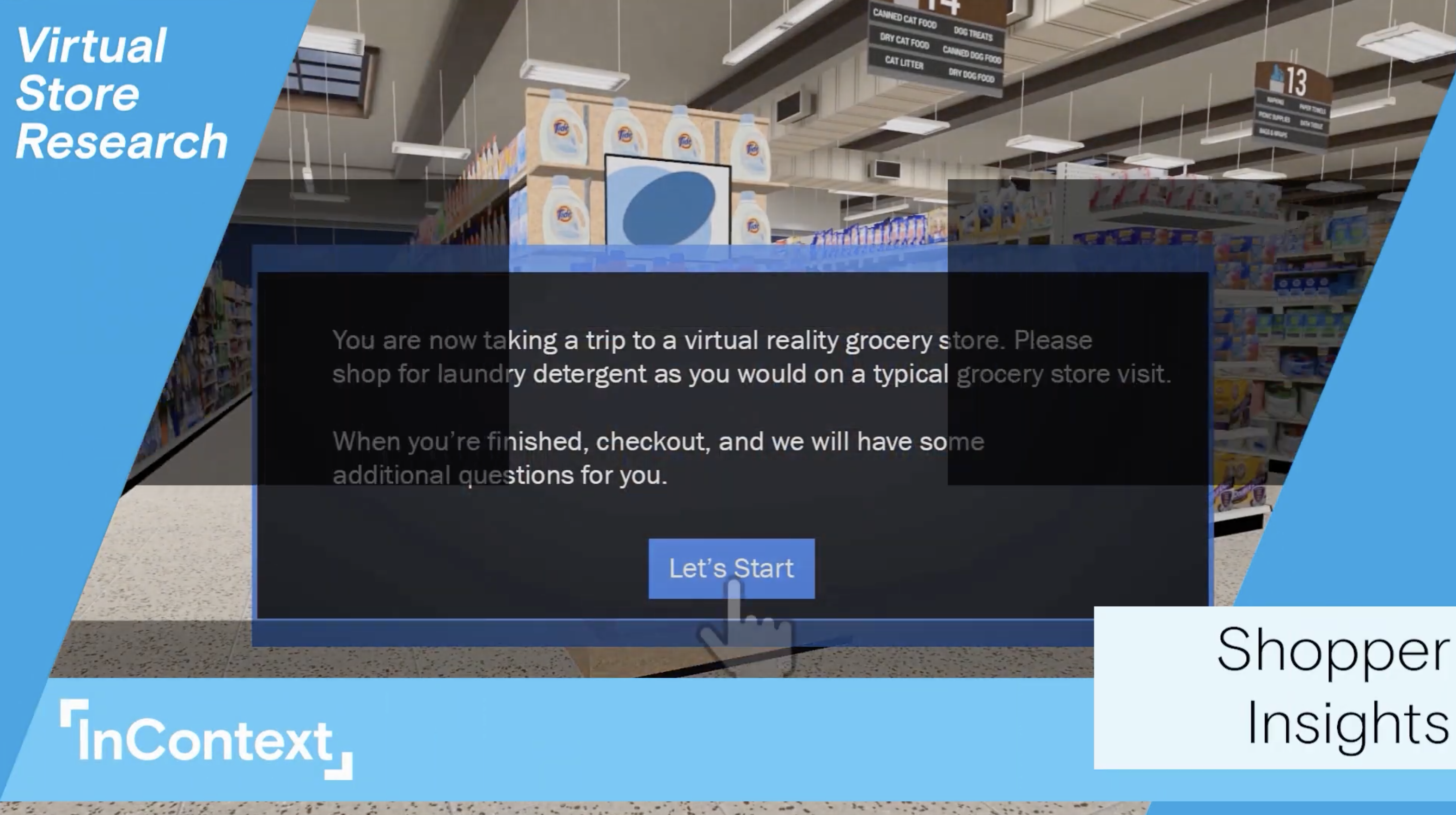
Strategize in a risk-free space
Customize retail recommendations
Connect shopper attitudes to behaviors
Understanding today’s shoppers is critical. Yet brands and retailers are often not using the right tools to get the full picture. Asking questions about purchase intent isn’t good enough: people say one thing but do another. Relying on historical data from the past few years? Good luck.
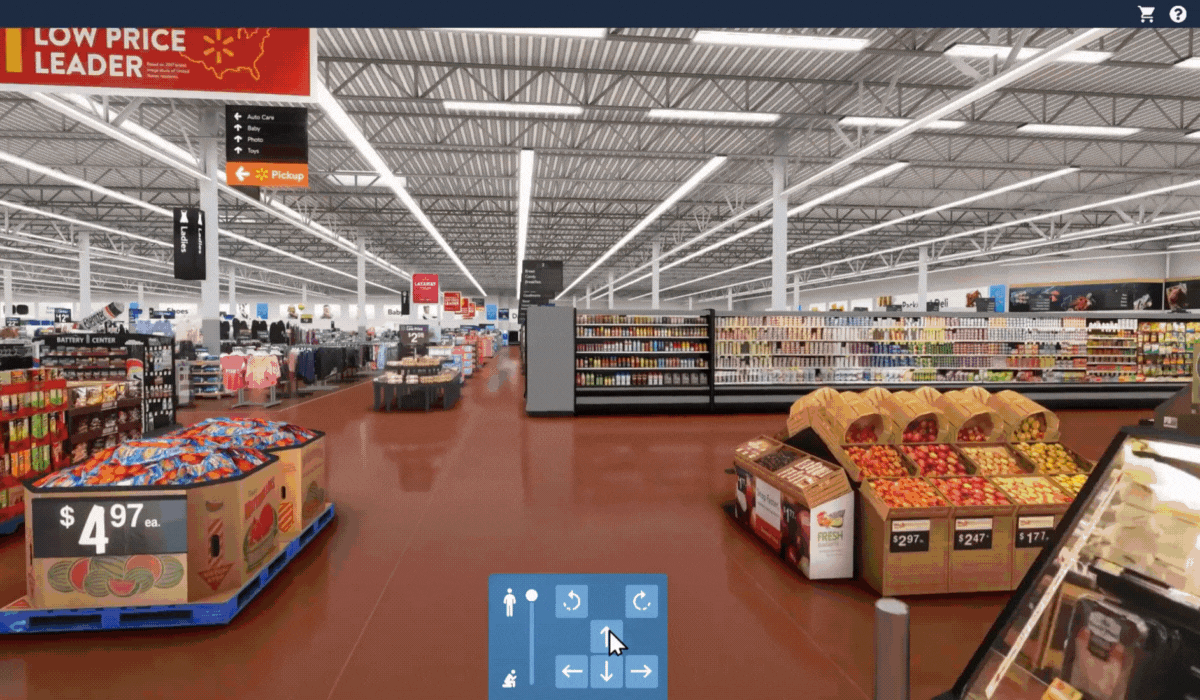
91%
Virtual store research from InContext ties shopper attitudes to their observed behaviors, through an online digital shopping simulation. Whether it’s a custom research project or leveraging artificial intelligence to gain fast, iterative feedback, InContext provides powerful insights predictive of in-store results, and with a team of experts with deep industry experience to help guide you along the way.
Our virtual research methodologies enable dozens of unique study designs, a robust database of norms and benchmarks, and can tie into our virtual simulation platform, ShopperMX, for visualization use cases and to further scale your in-store planning strategy.

Virtual shopper research methods save time and enable deeper insights into
how shoppers behave at the shelf, and why.
Study Design
Analysis & Insights
Virtual Store Set-Up
Shopper Testing
Uncover unique shopper insights on your new or existing in-store concepts
with the power of 3D.
Shelves
Display & Signage
New Products
Package Design
Pricing
Promotion
Macro Store Flow
Benchmarks
Qualitative Research
Impulse Purchases
Case Studies
Success stories from clients

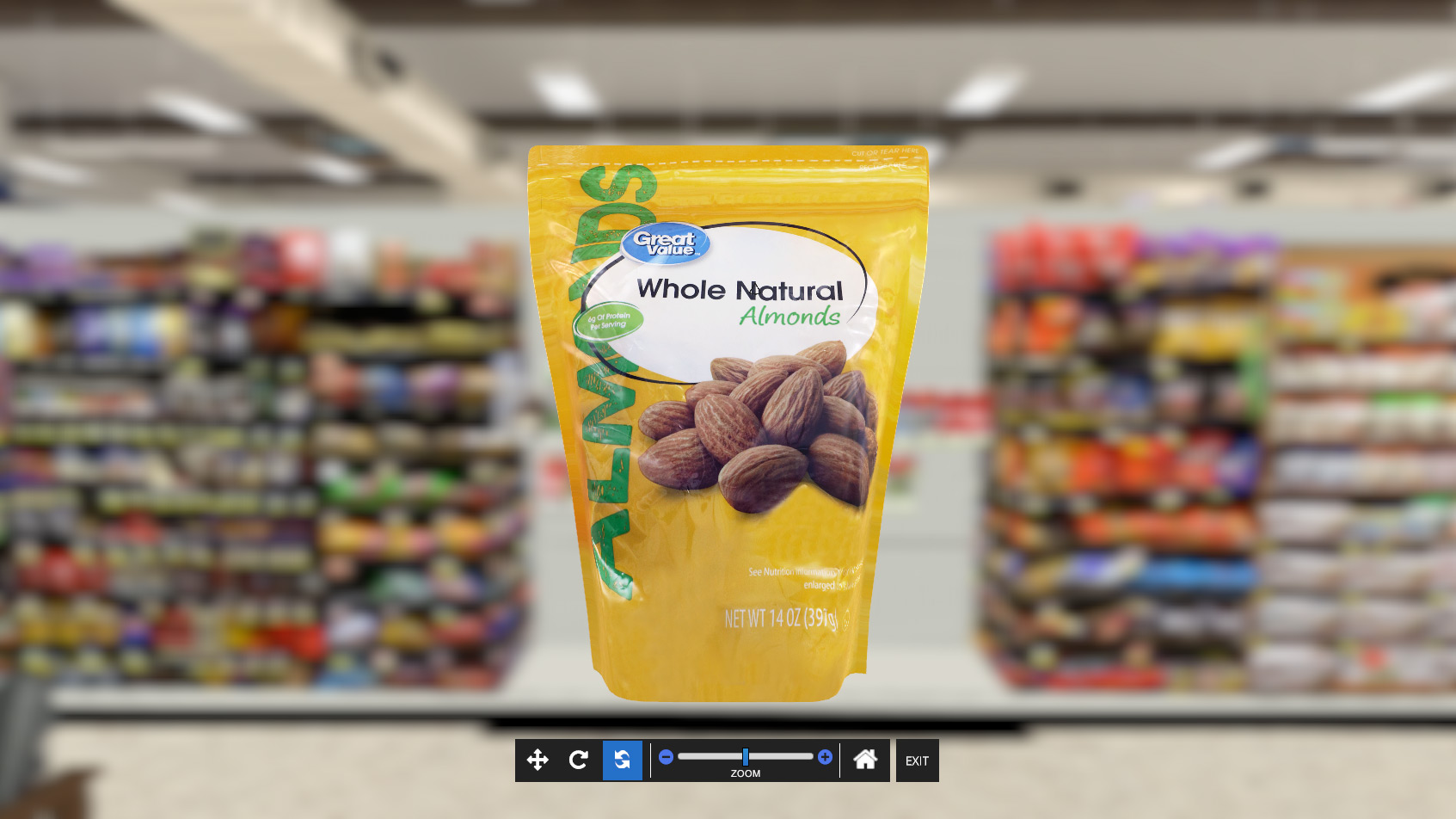
Shopper Insight FAQs
Frequently Asked Questions
ShopperMX research studies deliver highly actionable insights because they are primarily based on observed behavior in the shopping exercise paired with attitudinal answers to help explain the why behind the buy observed. The shopping metrics include unit and dollar sales metrics paired with where they moved, for how long, and how they interacted with the products. These quantitative results have been shown consistently to deliver shopping behavior that is highly correlated with in-market results. This means you are gaining market insights without having to test in-store. The same tools can be used for qualitative research, with the store simulation serving as a rich stimulus for discussing how shoppers shop and why they will change their behavior given a new situation. All-in-all, the ShopperMX study provides the most accurate insights into how changes in store will impact shopper buying behavior.
Anyone who has played a 1st-person computer game usually already has a good handle on how to navigate the virtual store. With no experience, learning to use the keyboard is quick and simple, and most people catch on after just one short training. Once they understand the commands to walk, turn, crouch and pick up products, they find the e-commerce shopping experience a snap!
Our virtual insights team leverage a variety of panel partnerships that have large panels of already-recruited survey participants. This provides us with the flexibility to easily recruit respondents for large studies while still being nimble with smaller studies when needed. While other client-provided panelists can be used, these sources are vetted to ensure sufficient size and interactivity to produce successful results.
Yes! In fact, our virtual consumer insights correlate at .9 or higher to real-world shopping results. We know from years of respondent feedback that shopping a virtual store is very similar to being in a physical store and that test shoppers behave as they normally would in the real world.
Historical data can be a helpful tool for shopper insights, but it shouldn’t be the only data point. What happened in the past doesn’t always predict how consumer behavior in the future. Therefore, we suggest running a virtual shopper test to more accurately help predict future behavior. Research optimization happens when we combine many data points and look at the big picture. We know virtual shopper research is a big player in understanding true shopper behavior.
Our Virtual Solutions team will meet with you and listen to you describe your business issue. They will discuss potential options that might meet your needs and work to develop a market research design that can address your issue while meeting your budget and timing needs. Whether that is a quantitative study, or focus groups to facilitate the development of ideas, or a combination of both, we will partner with you to design the best solution possible.
Yes. We can work with your team to create a custom research project based on your specifications, objectives, and needs.
The depth of the shopper insights is dependent on the needs of the study to solve the business issue. For qualitative research, the design typically would delve very deeply into how and why shoppers are shopping in a category and what might change that behavior. For quantitative studies, the observed point of purchase sales behavior is very granular, giving sales metrics for the category, brands, manufacturers, segments, and even the individual SKUs with sufficient sample sizes. This allows straightforward analysis of how any change will impact the behavior, what products will grow and what will decline, and are sales of new products incremental or stealing from others. The insights can also dive into which demographic groups are driving these changes and are most impacted attitudinally. The ability to know what will happen at the point of sale in great detail and why that behavior is changing provides very actionable insights.
Through our consumer research, our virtual shopping exercises have been proven to correlate shopping behavior more than 91% with in-store results.
Our resources center is full of industry-changing insights in the form of blog articles, white papers, case studies, webinars and videos. Here’s a peek at the latest.
